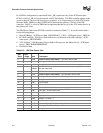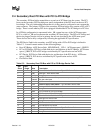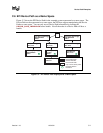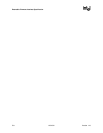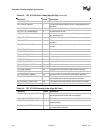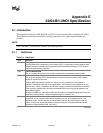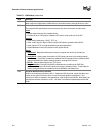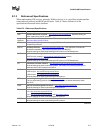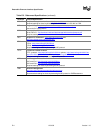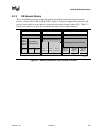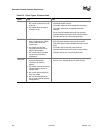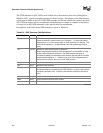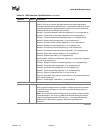
Extensible Firmware Interface Specification
E-2 12/01/02 Version 1.10
Table E-1. Definitions (continued)
Term Definition
ROM Read-Only Memory
When used in this specification, ROM refers to a nonvolatile memory storage device on a NIC.
PXE Preboot Execution Environment
The complete PXE specification covers three areas; the client, the network and the server.
Client
• Makes network devices into bootable devices.
• Provides APIs for PXE protocol modules in EFI and for universal drivers in the OS.
Network
• Uses existing technology: DHCP, TFTP, etc.
• Adds “vendor specific” tags to DHCP to define PXE specific operation within DHCP.
• Adds multicast TFTP for high bandwidth remote boot applications.
• Defines Bootserver discovery based on DHCP packet format.
Server
• Bootserver: Responds to Bootserver discovery requests and serves up remote boot
images.
• proxyDHCP
: Used to ease the transition of PXE clients and servers into existing network
infrastructure. proxyDHCP provides the additional DHCP information that is needed by PXE
clients and Bootservers without making changes to existing DHCP servers.
• MTFTP: Adds multicast support to a TFTP server.
• Plug-In Modules
: Example proxyDHCP and Bootservers provided in the PXE SDK
(software development kit) have the ability to take plug-in modules (PIMs). These PIMs are
used to change/enhance the capabilities of the proxyDHCP and Bootservers.
UNDI
Universal Network Device Interface
UNDI is an architectural interface to NICs. Traditionally NICs have had custom interfaces and
custom drivers (each NIC had a driver for each OS on each platform architecture). Two
variations of UNDI are defined in this specification: H/W UNDI and S/W UNDI. H/W UNDI is an
architectural hardware interface to a NIC. S/W UNDI is a software implementation of the H/W
UNDI.



